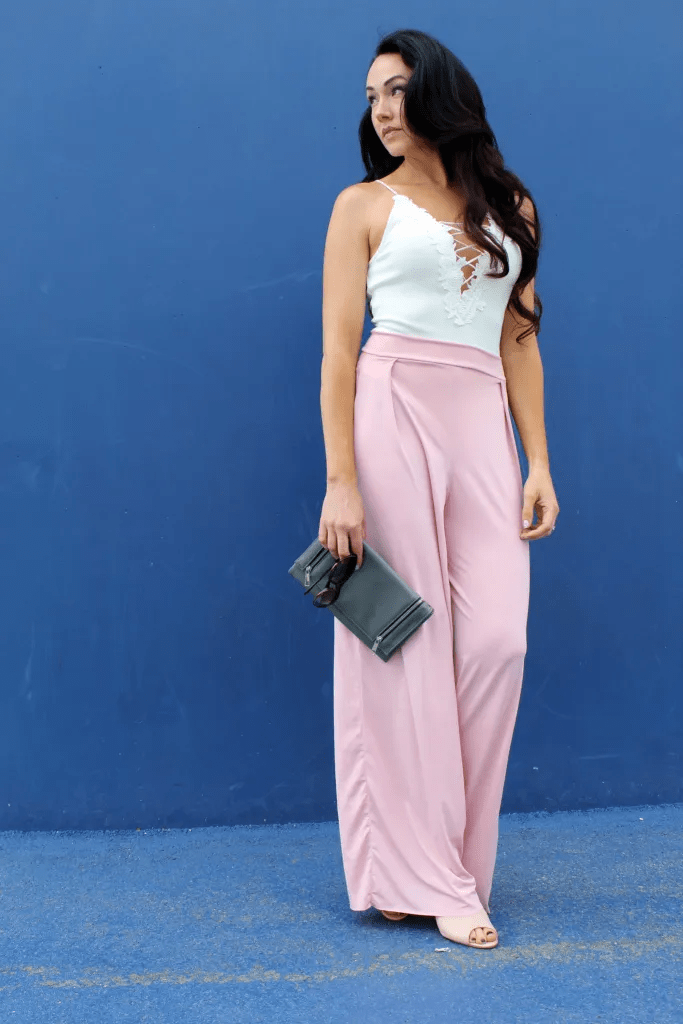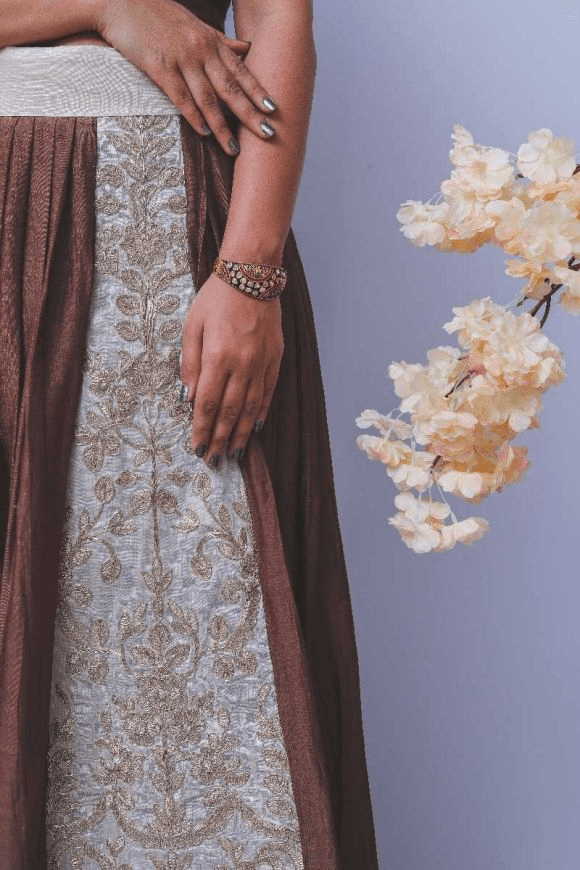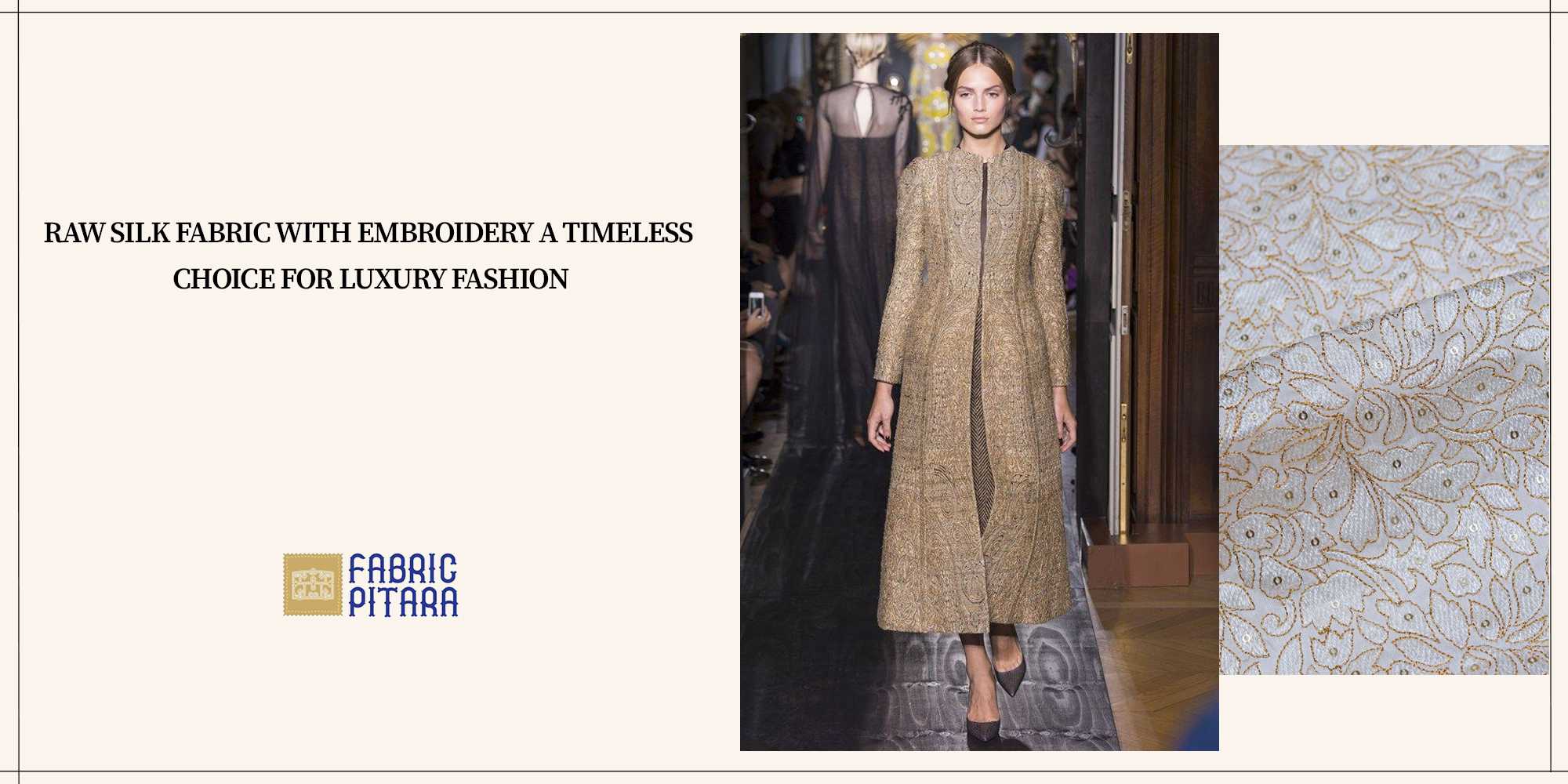
Palazzo pants are really multipurpose stylish attire that add comfort and grace in just a single, flowing packet. Whether an experienced sewer or a novice looking for ways to start working on a new project, making a pair of palazzo pants for oneself can be thrilling, as well as an amazing advantage. This blog post will take you through creating such trendy pants, with tips and techniques for both style and comfort.
Choosing the Right Fabric
The most important step in making a palazzo pant is choosing the right fabric. Because palazzo pants have wide legs and are meant to change in a blowy manner, the fabric used needs to fall well.
Choosing the Right Fabric
1. Cotton
Cotton is breathable and comfortable, hence making great fabric casual in palazzo pants. It comes in various weights, with different kinds of prints suitable for a specific pair of pants in the desired style and intended purpose.
2. Linen
Linen, particularly for summer pants, is another very good fabric for perfect palazzo pants. Light, breathable, with that kind of natural texture that makes you stand a little more suave.
3. Rayon
Infinity feels silky and possesses beautiful drapes, perfect for elegant palazzos, either dress-up or dress-down.
4. Jersey Knit
Jersey knit does answer well if comfort is what you want to attain. This type of material has a good stretch, is enormously soft in relation to feel, and is very comfortable for casual wear or at home.
5. Silk
Silk is the best fabric to give you that luxurious appeal. If you are going to wear it to formal events, silk palazzo pants would be great and really add the grace to your overall look. procurement
Gathering Supplies
Gathering Supplies
Fabric: You may need 2-3 yards depending on your size and the width of fabric.
Pattern: Make use of a palazzo pant pattern that can be available in the net or from your local fabric store. Otherwise, do your own pattern if you can. Sewing Machine: Get a basic sewing machine. It has to be in good working order. Thread: The color of the thread has to be matched to the colour of the fabric. Elastic or Scared: You will need to either have an elastic or scared for the waistband, depending on your preference.
Scissors: These are obviously needed to cut your fabric.
Pins and Clips: You can use these to hold the pattern and fabric together, better holding it in place as you sew.
Measuring Tape: Measure yourself first if you are making a custom pair of pants. Otherwise, make sure to double-check the size ordered for the best fit.
Iron: Make sure to iron your fabric before you begin sewing, and of course, for ending seams, which forever makes or breaks the look in sewing.
Preparing the Fabric
Be sure to prepare your fabric before you begin to cut. Be sure to prewash and preshrink your fabric; it could shrink, or it may have chemicals from manufacturing in it. Be sure to iron out any wrinkles from the fabric.
Cutting the Fabric
Lay your fabric on a flat surface and pin your pattern pieces to it. Be sure that the fabric is smooth and not wrinkled. Cut out the pattern pieces carefully with your fabric scissors. If you use a commercial pattern, follow their instructions for cutting. If you draft your pattern, remember to add seam allowances.


Sewing the Palazzo Pants
1. Sew the Side Seams
Pin side seams of front to back, right sides facing, and pin as necessary. Stitch side seams with a straight seam Allowance 1/2" on the side seams. with an iron.
Pin front and back right sides together at the inseam, matching side seams then crotch. Sew the inseam, straight stitch, 1/2" seam allowance. Press open the seams.
2. Sew Waistband
If elastic is used, it should be folded on the top edge of the pants to create an elastic casing. The casing should be presented in just a slightly extended width as the actual elastic. Attach the casing with a seam, leaving an opening through which the elastic can be inserted. The elastic should be run into the casing with the help of a safety pin before sewing it together to close the seam opening.
If using a drawstring, fold the top edge of the pants up to create a channel for a drawstring waistband and sew down, leaving space at one side to insert the drawstring. Use a safety pin to help thread the drawstring through the casing.
3. Hem the Pants
Putting on the trousers and marking the length: First of all, the individual should wear the pants and mark their desired length. Turn the pant leg up at the bottom edge to form a hem and iron it. Place some pins across this turned-up hem and then sew it with a straight stitch. Press it once again for a neat finish.
Adding Personal Touches
A great reason to make your own palazzo pants is that you can add personal touches of your choice, such as making your own pockets, decorative stitching, or trim. Wear a bit of yourself on your sleeves and possibly douse that pair of palazzo pants in the fabric patterning and coloration to bring out a really good reflection of your personality.
Conclusion
Making your own palazzo pants is really satisfying because it will really yield a result of a stylish and comfortable piece that is in the wardrobe. With the right choice of fabric, here's to following through with the materials needed and using these steps: You will create a banging, fashionable yet functional pair of palazzo pants. Whether you are a beginner or not, this is a wonderful opportunity to practise the skill of sewing and bring out your own creativity. So get your fabric ready and take your first step toward creating a perfect set of palazzo pants!







